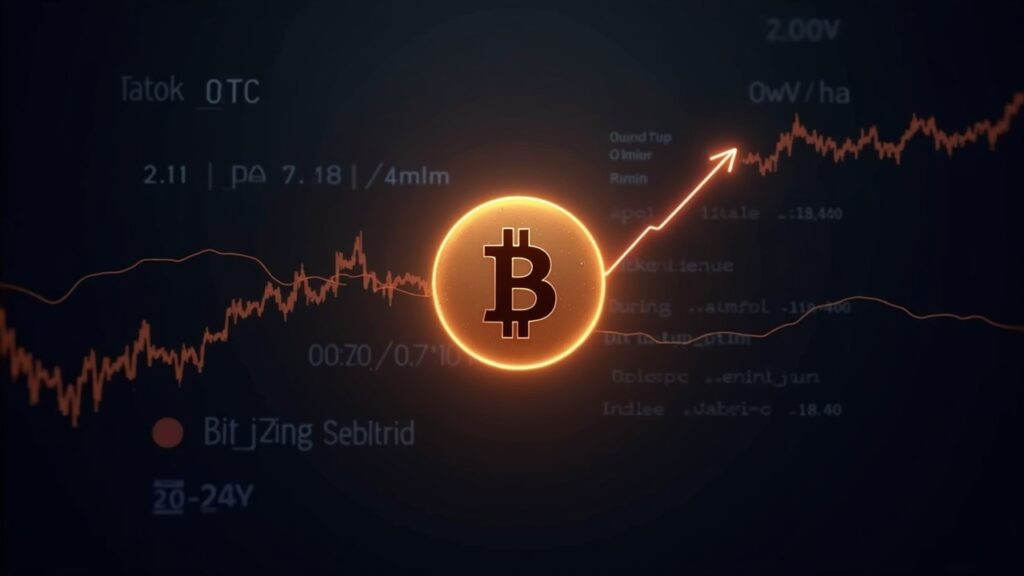FalconX argues that the size of Bitcoin options can now push spot levels. The firm links this influence to wider institutional participation, round-the-clock OTC liquidity, and flows entering or leaving spot ETFs. These linkages turn options expiry and ETF rebalance days into frequent volatility spikes.
FalconX traces the expansion to new institutional entrants and purpose-built market plumbing, including always-open OTC desks, API access, and an electronic platform that merges execution with deep liquidity.
Cross-margining from FalconX and Marex lets institutions post one collateral pool across positions, so capital is not trapped twice and financing cost drops.
When monthly and quarterly options expire, the spot order book feels pressure. The “max pain” strike — where the greatest number of contracts expire out-of-the-money — acts as a magnet; Jina data show a recent level near $111,000. Spot Bitcoin ETFs and newly listed options on those ETFs add channels for liquidity between derivatives and cash markets.
Why is there growth in Bitcoin options?
The same integrated structure carries hazards. Wash trades can inflate volumes, and a handful of large holders can force joint moves across futures and spot. Without surveillance and risk limits, gaps can trigger abrupt price snaps. Practical results now appear each month as desks adjust to expiry dynamics and shifting liquidity.
FalconX treats options order flow as a real-time sentiment gauge, with the $111,000 “max pain” quote serving as a visible target during the last settlement. Continuous OTC access and the Marex-FalconX margin agreement lower the barrier for large players to enter, while manipulation and position crowding stay on the watch list.
The next test arrives with the coming expiry or ETF rebalance calendar. If the spot tape again pivots around options flows, the integration FalconX describes will move from observation to routine expectation.

